QUESTIONS FOR CRAFTERS: Katy Chan and Hilary Dennis
::::::
Members of the Contemporary Textile Studio Co-op, Hilary Dennis and Katy Chan together recently started textile printing company, Schoolyard Studio. Their first pieces - a series of hand screen-printed wallpaper inspired by imagery from the city – went on show at MADE’s Radiant Dark exhibition in February and they are now working hard to get their project off the ground.
THE COOP
When did the Co-op begin?
H: October 2006, last October was our one-year anniversary.
K: And I’d say it was around for a year before that. We had a lot of meetings to decide what we wanted it to be like, but October is when we found the space.
K: We started out with eight members and now we have eleven. All girls, one guy.
It’s quite empty today. Are you ever fighting over space?
H: This is quite busy! Most of the members have full-time jobs - teachers, professors and we have one doctor. We are just using it to develop our ideas. This space really allows people to have an accessible, safe working space.
THE PARTNERSHIP
Is the Co-op how you two met and joined forces?
H: Katy and I met just before I joined the studio and we’ve been working together ever since.
K: We did the same programme but Hilary does more paper-based printing, and I do more patterns and felting, all over patterns and felting, and so we thought it would be good to collaborate. We use a lot of Hilary’s drawing and photographs she reinterprets in drawings.
How would you categorise Schoolyard Studio’s work?
K: In the beginning we are trying to explore the home accessories market and see what works in term of patterns.
H: I think a lot of designs are quite playful. We both really like those kinds of conversational patterns, like the acorns. We are into things that are very accessible and functional. Not everyone would be able to afford our wallpaper, but maybe one of our covers or a set of cards.
Where do you find the inspiration for your designs and patterns?
H: I think it’s outside, it’s our surroundings. Like now, it’s grey and dark, but there are also really beautiful little elements. I walk over this old grate ever day to get into the studio, and it’s a really interesting pattern. I did a rubbing of a hub cap and we’ve played around with it too
K: Our instructors told us that once you start working with patterns, you’ll start seeing patterns everywhere and it’s true. We went to library and looked at children’s books and looked at trees, that sort of thing.
H: We sat on our front lawn and had picnics and talked over ideas. It’s good to have two eyes on it. We just trade back and forth. It’s a good technique I learnt at art school. Here’s a drawing, work on it really hard and then give it someone else to work on.
Has your process changed working as a team?
H: It’s been really good.
K: You notice each others strengths. I don’t hate drawing but I don’t have a natural aptitude for drawing, whereas Hilary can go for hours.
H: But Katy can take those pieces and transform them.
K: She’s so nice to me! I suppose, I have a more product design eye and Hilary has a more visual art and creative design exploration which is not my best point.
H: But I think we both have business heads. It’s rare to find artists who have that.
BIZ TALK
You do seem pretty focussed and driven.
K: Hilary took the BizStart entrepreneurship programme and I am taking it right now.
H: The course is really useful. I know when I was at school I really wanted to take more business classes, but there was nothing. The course taught me the things I needed to know about business without having to go to business school.
The thing that surprised me about that course is that it isn’t intended specifically for creative businesses and yet a lot of people on the course are creatives.
H: I think a lot of entrepeneurs are creative people. But I think to actually work as an artist there aren’t that many places that are going to pay you to do what you want to do. There aren’t many opportunities for surface design.
I know in England at least, there are a lot of organisations that support artists and the Arts Council runs a lot of artists-focussed courses, but it seems to my newcomer’s eye there’s a real lack of that kind of support so the result is this kind of alternative economy.
K: Yeah, it’s interesting after school, people are going out and starting things like the Co-op here because there is nowhere to go. You have to create your ideal situation.
H: I thought, I would never do textiles after school. I was in Halifax coming to Toronto and I thought where would I get a studio? How would I find it? And the equipment is so expensive, so it’s kind of fate that brought us together at the right time.
Has it been difficult to support yourselves, financially and otherwise?
H: The past year I was on a grant. And, now that the grant’s over it’s a bit iffy. I am really trying to make it work, but I think there will have to be some other job.
K: So we are trying to make Schoolyard a very commercial-friendly business and move with the selling season so we can wholesale and retail as well. Before, we each did our own work selling here, a little bit of consignment, a little bit of shipping, a couple of retail shows. We thought why don’t we join forces for larger production more sales and make that more profitable.
You both seem very focussed on the business side of things. How important is it to you to keep a sense of integrity?
K: We are ready to start small, but I wouldn’t be against using a local manufacturing, when the production gets too much. We can probably print about 100 yards maximum. So when, if the demand gets too great.
H: I have being doing production for a year now on my cards and I’m over it!
K: And it’s incredibly physically demanding - we both have hand problems.
What has been the biggest challenge for you so far?
K: Supply and demand. We both put our own work on hold to focus on launching the partnership.
H: So I have orders coming now, but now we are focussing on this.
K: You can’t do everything perfect. So it’s about picking out what that one thing is going to be.
Katy and Hilary invite you all to check out the recently launched CTS site for info on their members, classes and the featured writings by Andrea Maguire.
::::::::::::::::::::
Coming to Toronto by way of grim northern England, Lucie Davies is a part-time crafter and freelance writer and editor. Working for the fine publications and websites of her adopted home (Now, Spacing, Ontario Crafts Council and this fine site, among others), and other UK ones you probably won't have heard of, she is never happier than when two of her passions - writing shit and making shit - come together in happy harmony. You can read her arts and culture blog here.
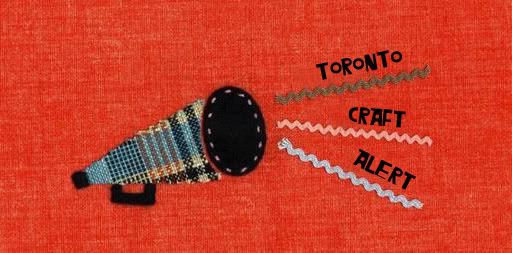

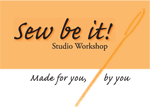




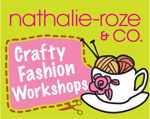


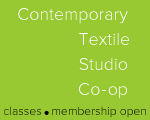

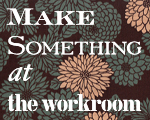



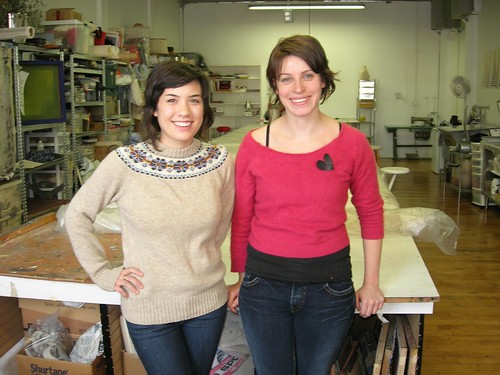

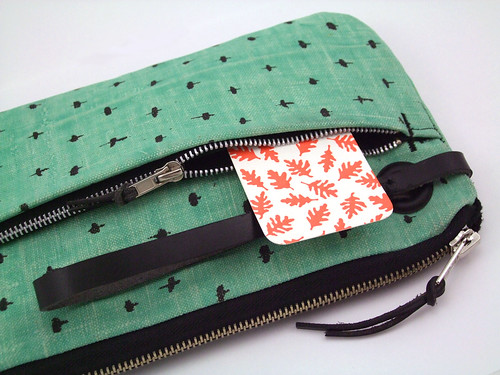
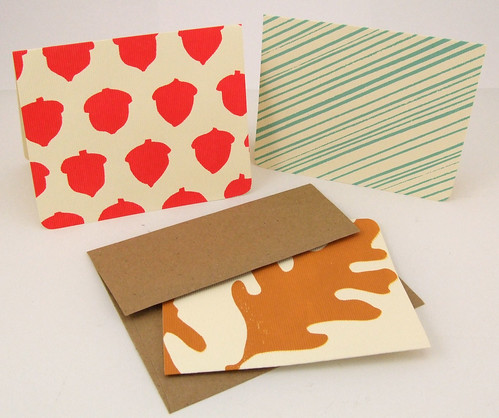







0 Comments:
Post a Comment
<< Home